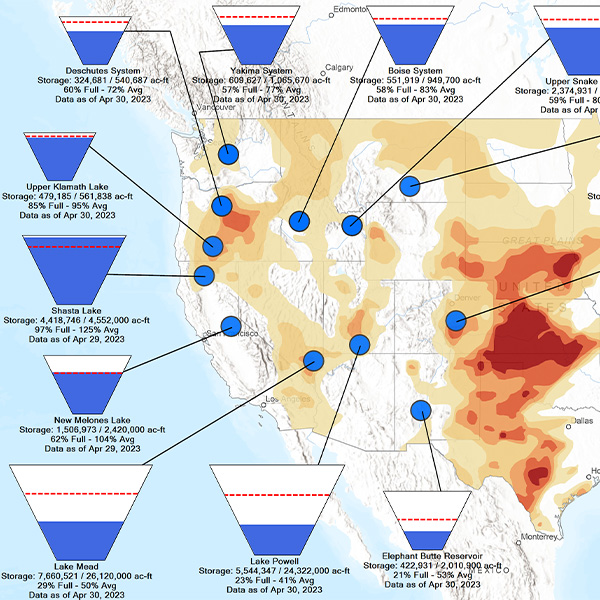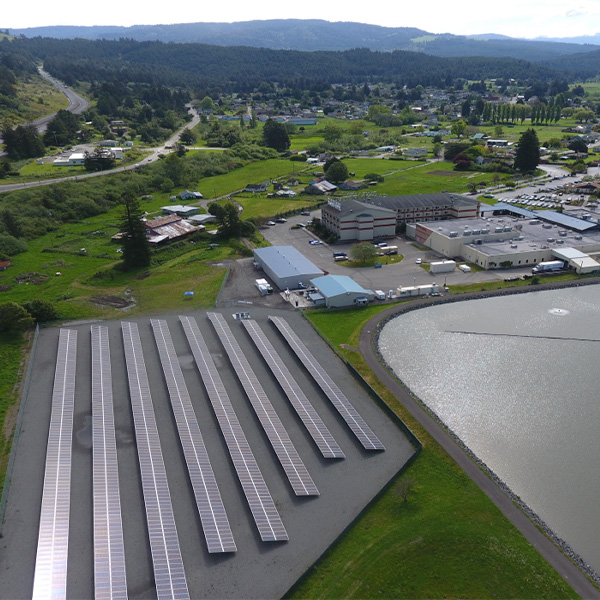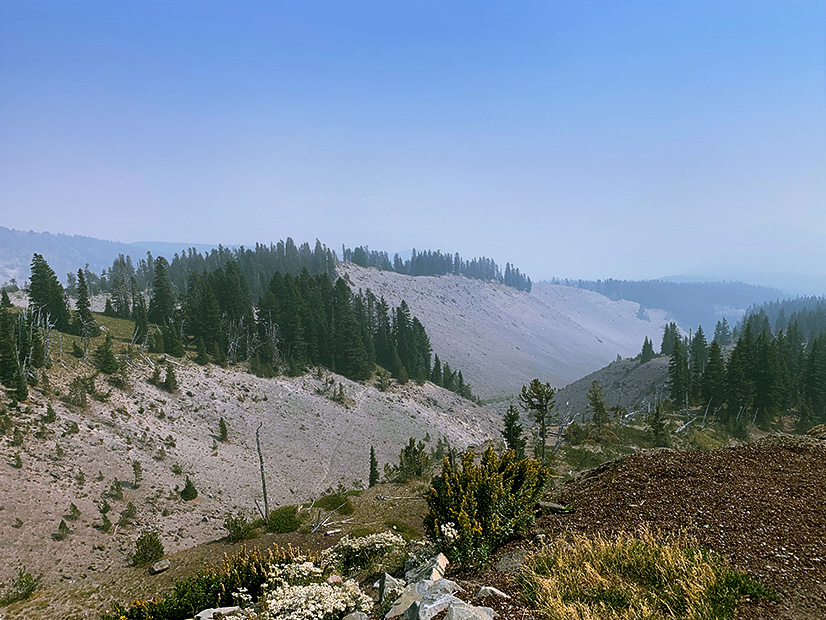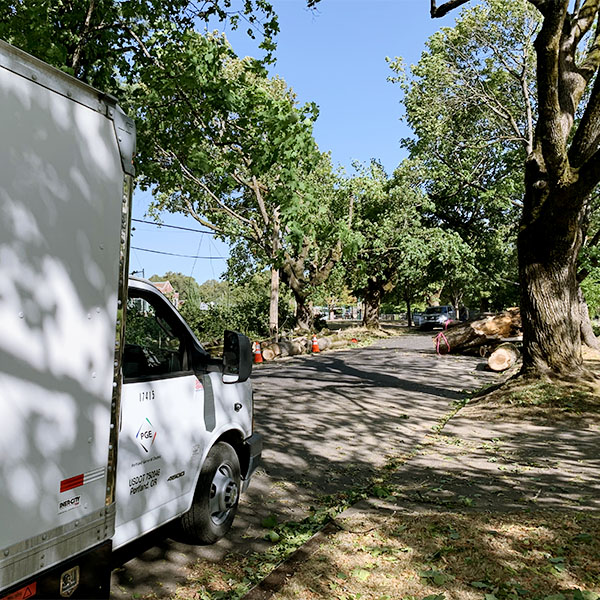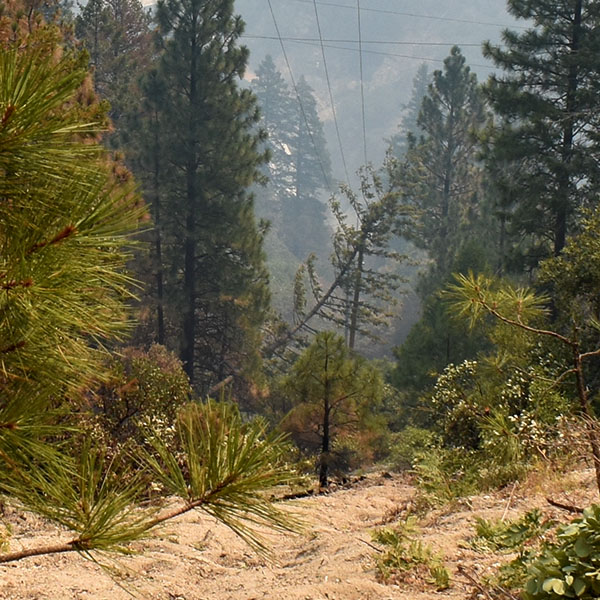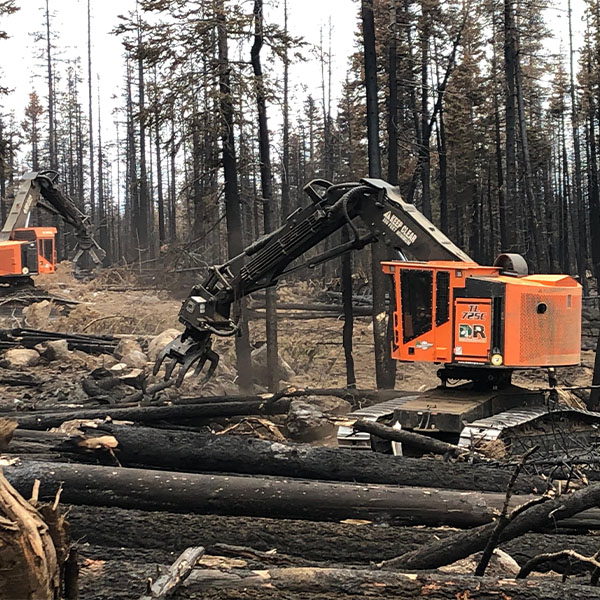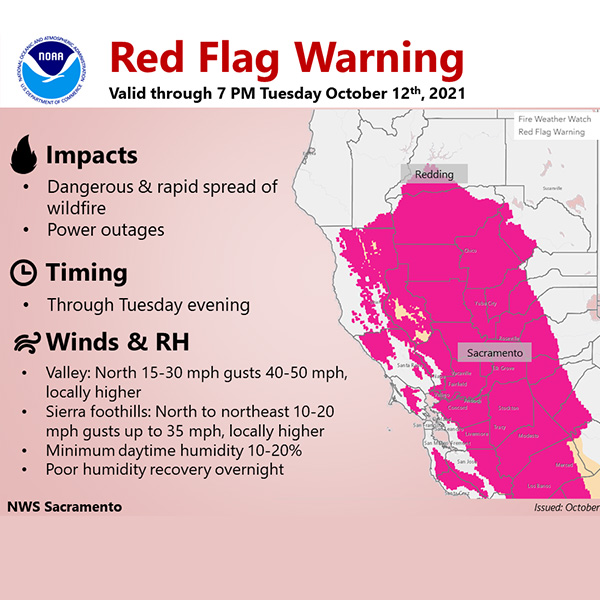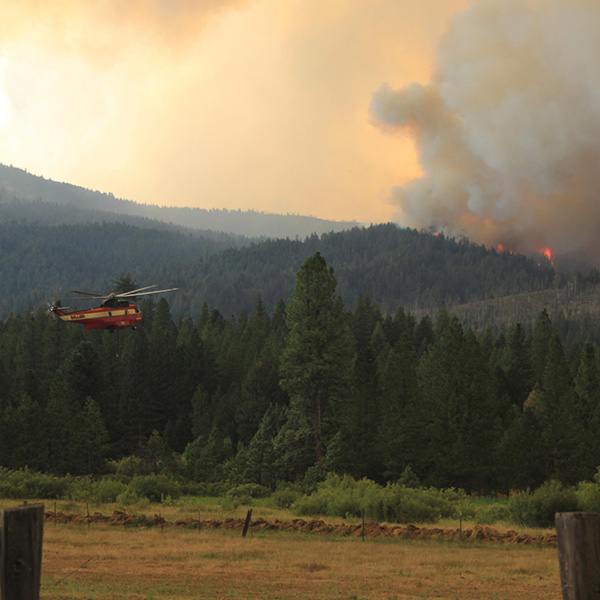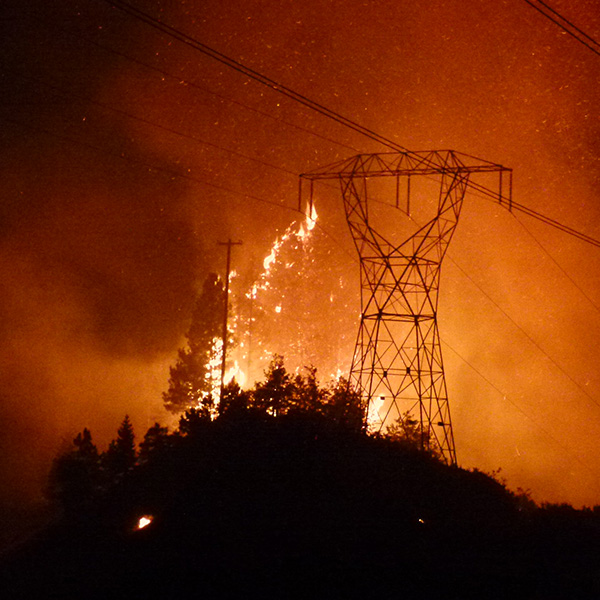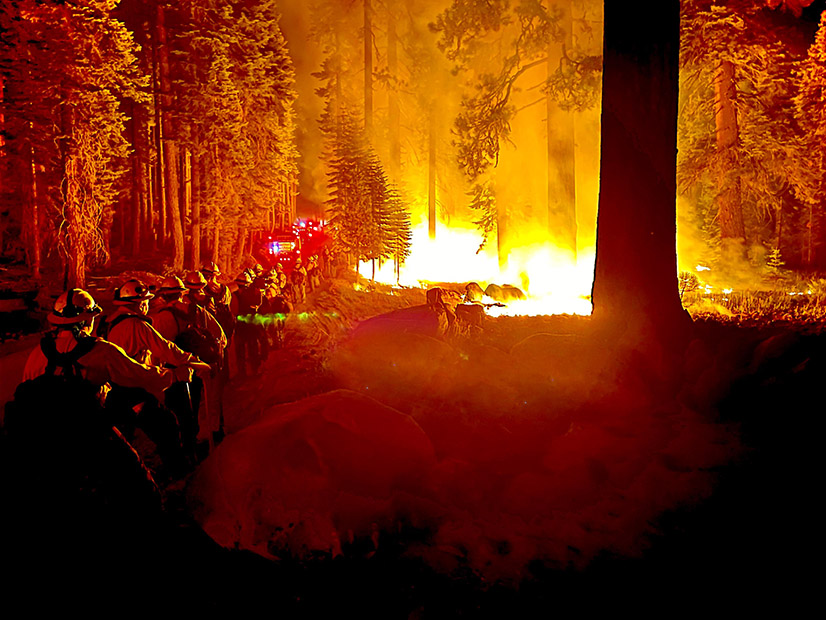Public Safety Power Shutoffs (PSPS)
WECC held a two-day webinar on the outlook for this summer, including Western wildfires and hydropower conditions in the Colorado and Columbia River basins.
The CPUC approved funding and rules for its Microgrid Incentive Program, which helps build standalone power systems for communities vulnerable to outages.
Utilities shared ways to narrow the impact of public safety power shutoffs — and convince customers of the need for them — at the WIEB Wildfire Meeting.
The Oregon PUC voted to move ahead with a proposal to amend utility wildfire mitigation plans despite concerns about joint inspections of utilities' poles.
PG&E could face additional oversight and enforcement if it fails to meet new safety metrics adopted by the California Public Utilities Commission.
PG&E said in its Q3 report that it expects a $1.15 billion loss from the massive Dixie Fire this summer and has been subpoenaed by federal prosecutors.
PG&E de-energized power lines in California as high winds and drought raised the risk of wildfires, but it was able to keep its latest PSPS more limited.
California regulators ordered PG&E to hire an independent safety monitor for five years, rejecting the utility’s request for a shorter period of oversight.
The near shutdown of the California-Oregon Intertie by a wildfire renewed concerns about the vulnerability of major transmission pathways.
PG&E said the Dixie Fire burning in Northern California could hurt its finances but denied it committed crimes in starting last year’s deadly Zogg Fire.
Want more? Advanced Search
